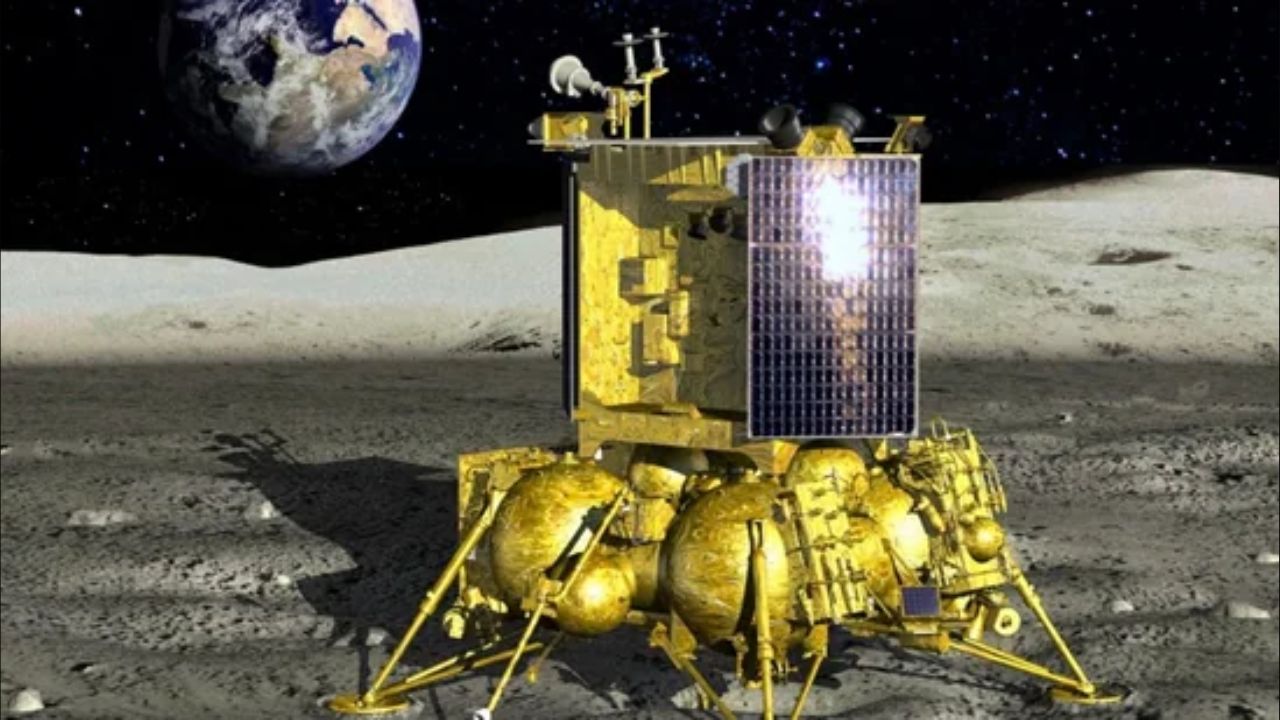Luna 25 Crashes: Russian lunar exploration Luna 25 collided with the lunar surface due to an errant propulsion manoeuvre. The loss has been confirmed.
Sunday, the Russian space agency announced that a preliminary analysis of the Luna 25 mission issue indicates that a discrepancy between the actual and calculated parameters of the propulsion manoeuvre led to the spacecraft transitioning into an unintended orbit, resulting in a collision with the lunar surface and subsequent loss.
Luna 25 Crashes: Russian Spacecraft Collides with Moon’s Surface
In accordance with the Luna-25 mission plan, an impulse was provided on August 19 to place the spacecraft in an elliptical pre-landing orbit. At approximately 14:57 Moscow time, communication with the Luna-25 device was lost. Roscosmos State Space Corporation stated on its official Telegram channel that the measures taken on August 19 and 20 to seek for the device and make contact with it yielded no results.
According to the results of the preliminary analysis, the device shifted to an off-design orbit and “ceased to exist due to a collision with the lunar surface.”
Roscosmos stated that a specially constituted interdepartmental commission will investigate the causes of the Moon’s disappearance.
On August 11, the Russian space agency launched the Luna 25 mission to the lunar south pole, reviving Soviet-era lunar exploration missions. On August 21, it was scheduled to attempt a soft landing on the Moon, significantly advance of India’s Chandrayaan 3 mission.
The objective of the Luna 25 mission was to investigate the composition of the lunar polar regolith (surface material) as well as the plasma and particle components of the lunar polar exosphere.
When did it launched?
The August 11 launch of Luna-25 aimed to be the first mission to reach the south polar region of the moon. Government space programmes and private corporations from across the globe are interested in this region of the moon because they believe it may contain water ice that astronauts could use in future space missions.
Date of Luna 25’s Landing
Luna 25, an important space mission commanded by the Russian space agency Roscosmos, is scheduled to touch down on the surface of the Moon. The expected touchdown date for Luna 25 is presently set for August 21, 2023. This ambitious project seeks to explore the south polar region of the moon, which is of immense scientific and strategic value. Luna 25 is equipped with numerous scientific instruments, such as cameras and spectrometers, to analyse the composition and mineralogy of the Moon’s surface.
The data collected by this mission will aid in the planning of future lunar exploration missions and contribute to a better understanding of the Moon’s history and evolution. The successful landing of Luna 25 will signal an important milestone in humanity’s ongoing efforts to uncover the secrets of our celestial neighbour.
Cost of Luna 25 Moon Mission
Due to the intricate engineering, technological development, launch costs, and scientific instruments required, missions to the Moon are typically difficult and expensive. The cost can differ depending on mission scope, spacecraft design, propulsion systems, and the mission’s scientific objectives. In addition, unanticipated obstacles or modifications to the undertaking can affect the final cost.
The cost of the Luna 25 mission to the Moon has not been made public. Lunar missions are notoriously complex and resource-intensive endeavours, involving numerous phases from spacecraft development to launch and operational activities. The mission is an important stage in humanity’s ongoing exploration of space, contributing valuable information about the Moon’s history and its potential role in advancing space exploration.


















